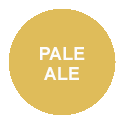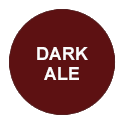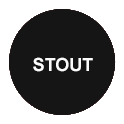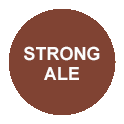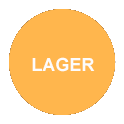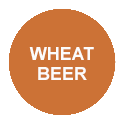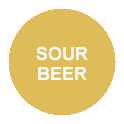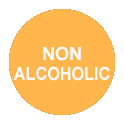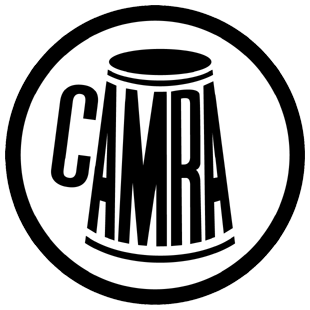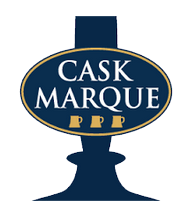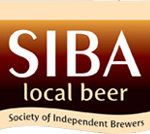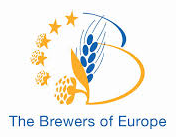The craft beer market is comprised of hundreds of documented beer varieties and a handful of organisations with their own unique classifications, but beers primarily fall into one of three types: bottom fermentation beers (lagers); top fermentation beers (ales); and spontaneous or wild fermentation beers.
Within each of these categories there are many sub-groups but the main styles available today are dark ales; pale ales; stouts; wheat beers; strong ales; lagers; sour beers; and non-alcoholic beers.
NON-ALCOHOLIC
CATEGORIES: Lager, Pale Ale, Wheat Beer ABV: 0% SERVE TEMPERATURE: 4-8°C TASTING NOTES: Clean, honey, spritzy, refreshing
There is a growing market for Non-Alcoholic Beer, which include Lagers, Pale Ales and Wheat Beers.
Probably the best Non-Alcoholic Beers are Wheat Beers. Rothaus’ beer has something of the banana and clove character of a classic golden Weissbier, while the likes of Paulaner and Erdinger also make good versions of this style.
Low-alcohol beers (beers of 3% and less) have a long history, but beers with no alcohol at all probably date back to the Prohibition era in the United States (1920-1933), when drinks with more than 0.5% alcohol were banned.
To survive, breweries produced ‘Near Beer’ - a non-alcoholic version of what had existed before.
These beers can be produced in a number of ways. The easiest is by boiling the beer after fermentation, because alcohol has a lower boiling point than water (78.3°C).
This heating will affect the flavour of the beer, so some brewers use vacuum distilling, whereby the boiling point of alcohol is lowered - so you don’t have to heat the beer up so much. Then there’s reverse osmosis, which uses filtering and distillation. Whichever process is used, the resulting beer is then artificially carbonated.
